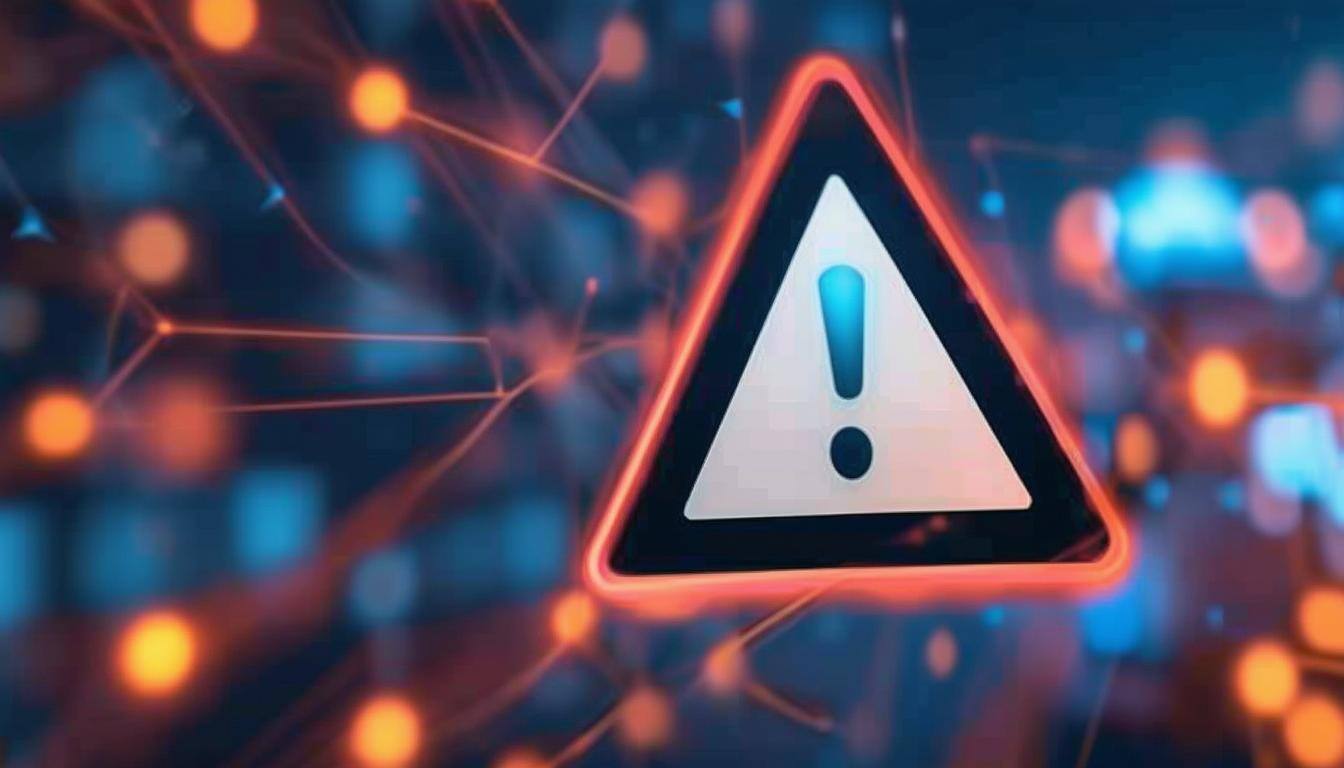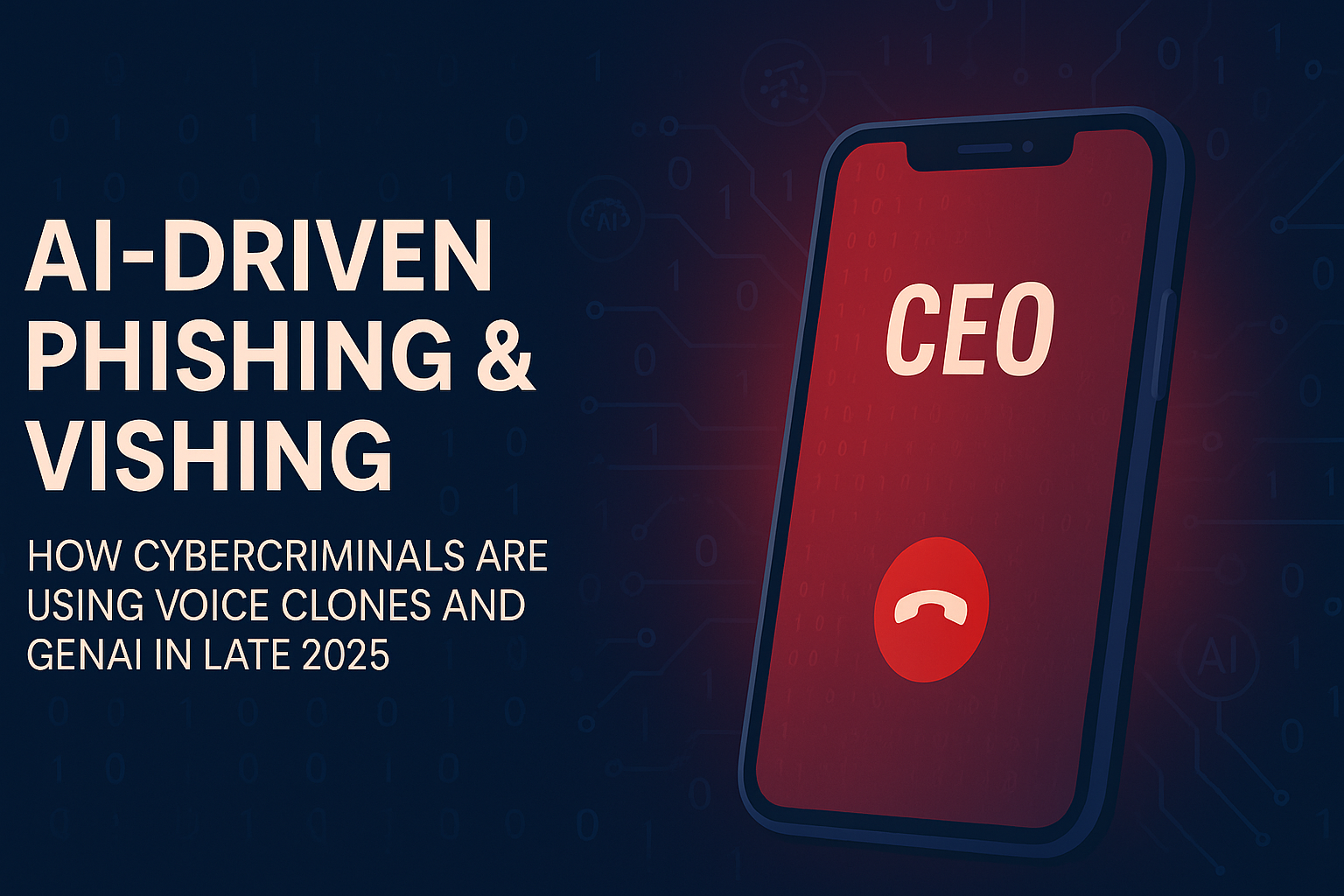Microsoft Alerts Businesses About New Phishing Scam Targeting Cloud Services
Microsoft has issued a warning to business owners regarding a sophisticated new phishing scam that leverages popular cloud services like SharePoint...
3 min read
![]() Totalcare IT
:
Aug 12, 2024 10:30:00 AM
Totalcare IT
:
Aug 12, 2024 10:30:00 AM
Phishing has long been a menacing presence, but with the integration of AI, its dangers have escalated significantly. Enter Phishing 2.0 - a more sophisticated, persuasive, and elusive form of cyber threat. Recognizing and addressing this evolving menace is paramount.
A recent study found a 60% increase in AI-driven phishing attacks. This is a wake-up call that phishing is only getting worse. Here’s how AI is amplifying phishing and what you can do to protect yourself and your Idaho business.
Phishing began simply. Attackers sent out mass emails. They hoped someone would take the bait. The emails were often crude, using poor grammar and obvious lies were common. Many people could spot them easily.
However, the landscape has shifted. Cyber attackers have evolved, harnessing AI to enhance their strategies. With the aid of AI, they can craft persuasive messages and pinpoint specific targets, amplifying the effectiveness of phishing schemes.
AI has the capability to process vast amounts of data, delving into the intricacies of human language and communication patterns. This enables it to craft phishing messages that are eerily realistic, mirroring the tone and style of genuine interactions. As a result, these messages become increasingly challenging to discern from authentic communications.
AI can gather information from social media and other sources. It uses this information to create personalized messages. These messages mention details about your life. They might reference your job, hobbies, or recent activities. This personalization increases the chances that you'll believe the message is real.
Targeting specific individuals or organizations, spear phishing is a highly sophisticated form of cyber attack. With the assistance of AI, spear phishing becomes even more perilous as attackers conduct in-depth research on their targets. This enables them to create meticulously customized messages that closely resemble authentic communications, making it challenging to differentiate between genuine and malicious intentions.
AI automates many aspects of phishing. It can send out thousands of phishing messages quickly. It can also adapt messages based on responses. If someone clicks a link but doesn’t enter information, AI can send a follow-up email. This persistence increases the likelihood of success.
Deepfakes use AI to create realistic fake videos and audio. Attackers can use deepfakes in phishing attacks. For example, they might create a video of a CEO asking for sensitive information. This adds a new layer of deception. It makes phishing even more convincing.
AI enhances the success rate of phishing, luring in more victims with its sophisticated tactics. This surge in successful attacks results in a rise in data breaches, causing financial losses for companies and exposing individuals to the risk of identity theft and other detrimental consequences.
Conventional phishing detection techniques face challenges in identifying AI-enhanced attacks. Spam filters may fail to intercept them, while employees might not perceive them as potential threats. This creates a conducive environment for attackers to achieve their malicious goals.
The repercussions of AI-enhanced phishing are far-reaching and devastating. Through personalized attacks, cybercriminals can breach sensitive data, infiltrate operations, and wreak havoc on organizations. The potential consequences are dire and demand heightened vigilance in the face of this evolving threat.
Always be skeptical of unsolicited messages. Even if they appear to come from a trusted source. Verify the sender’s identity. Don’t click on links or download attachments from unknown sources.
Look for red flags in emails. These might include generic greetings, urgent language, or requests for sensitive information. Be cautious if the email seems too good to be true.
Multi-Factor Authentication (MFA) provides an additional level of protection. In the event that a malicious actor obtains your password, they will require additional verification. This added security measure significantly increases the difficulty for unauthorized access to your accounts.
Knowledge is power. Familiarize yourself with phishing tactics and stay updated on the latest threats. Spread this valuable information to empower others. Training plays a crucial role in helping individuals identify and steer clear of phishing attacks.
Never provide sensitive information via email. If you receive a request, verify it through a separate communication channel. Contact the person directly using a known phone number or email address.
Investing in cutting-edge security tools is crucial in combating Phishing 2.0. Anti-phishing software serves as a powerful shield, detecting and thwarting phishing attempts effectively. Additionally, email filters play a vital role in screening out suspicious messages. It is imperative to keep your security software up to date to stay ahead of evolving cyber threats.
Report phishing attempts to your IT team or email provider. This helps them improve their security measures. It also helps protect others from similar attacks.
Email authentication protocols like SPF, DKIM, and DMARC help protect against email spoofing. Ensure these protocols are enabled for your domain. This adds an extra layer of security to your emails.
Regular security audits are essential for uncovering vulnerabilities within your systems. By addressing these weaknesses, you can effectively fortify your defenses against potential phishing attacks.
Phishing 2.0 is a serious threat. AI amplifies the danger, making attacks more convincing and harder to detect. Have you had an email security review lately? Maybe it’s time.
Contact us today to schedule a chat about phishing safety.

Microsoft has issued a warning to business owners regarding a sophisticated new phishing scam that leverages popular cloud services like SharePoint...

It used to be easy to spot a scam email — bad spelling, weird links, and poor grammar gave them away.But in late 2025, the game has changed.

Have you heard the saying, "A picture is worth a thousand words"? It seems cybercriminals have too, and they're using it to their advantage.